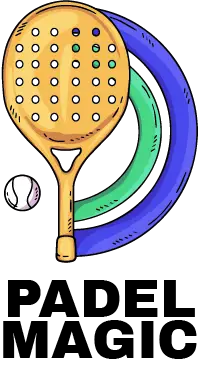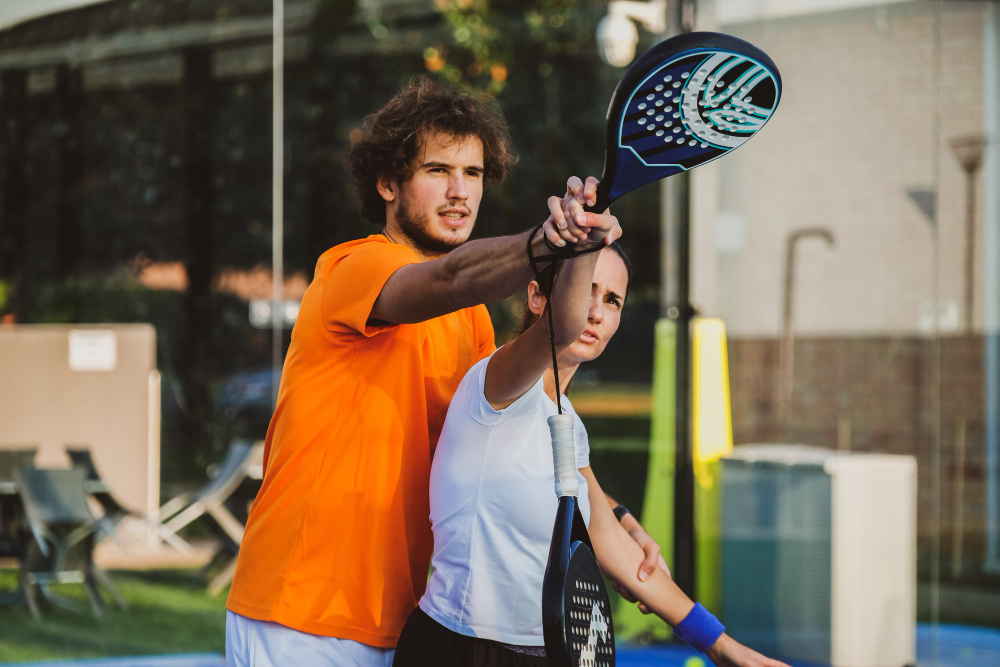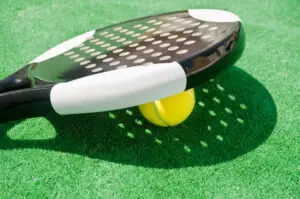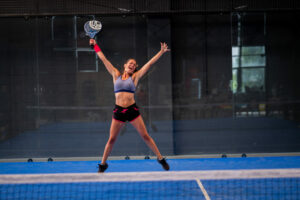Padel, a racket sport combining tennis and squash elements, is gaining global popularity for its dynamic play and social appeal. At the heart of this game lies the serve, a fundamental skill that sets the pace and tone for each rally. However, mastering the art of serving in Padel can be challenging, especially when it comes to avoiding illegal serves. This article delves into the official serve rules, identifies typical mistakes, and provides practical advice to ensure your serves are both effective and within the bounds of legality.
Understanding Padel Serve Rules
The serve in Padel must be executed underhand, with the ball struck at or below waist level. The server must bounce the ball within their own serving box before hitting it diagonally across the court into the opponent’s service box. Unlike tennis, the serve must not bounce off the side walls, adding a layer of precision and control to this crucial shot. One unique aspect of Padel’s serving rules is the allowance for a second serve if the first serve is faulted, mirroring the practice in tennis and providing players with a slight margin for error.
Common Mistakes Leading to Illegal Serves
Several technical errors can result in an illegal serve, impacting the flow of the game and potentially costing valuable points. A frequent mistake is improper ball toss, where the ball is either thrown too high or not in a consistent position, leading to contact above the waist level. Another common error is incorrect foot placement, where the server’s feet may cross the serving line before the ball is struck, violating serve initiation rules. Additionally, hitting the ball upward or allowing it to touch the side wall before reaching the opponent’s box are also considered illegal.
Techniques to Perfect Your Serve
To ensure your serve complies with Padel rules, focus on mastering the following elements:
- Grip and Stance: Use a continental grip and position your body parallel to the back line, with your feet shoulder-width apart for stability.
- Ball Toss: Gently toss the ball before you, ensuring it stays below waist level to meet the underhand strike requirement.
- Impact Point: Strike the ball squarely with a slight forward motion, aiming for the diagonally opposite service box without imparting excessive spin.
Practicing these techniques consistently will help refine your serve, making it legal and strategically effective.
Training Drills to Avoid Illegal Serves
Incorporate specific drills into your training routine to correct and prevent illegal serves. One effective drill is to practice serving with a visual marker at waist level to ensure your ball contact is constantly below this point. Another helpful practice is serving from a stationary position, focusing solely on the ball toss and strike, without the initial serve motion, to refine accuracy and legality.
The Role of Equipment in Legal Serves
While technique plays a crucial role, the right equipment can also aid in executing legal serves. Ensure your paddle has the appropriate weight and balance for your playing style, and use high-quality balls that offer consistent bounce and flight characteristics. This combination will enhance your control over the serve, making it easier to adhere to the rules.
Consequences of Illegal Serves in Competitive Play
In competitive Padel, illegal serves can lead to point penalties and disrupt the game’s momentum. Understanding and adhering to serve rules is essential for fair play and maintaining the fluidity and spirit of the match. Regular practice and awareness of the rules can help avoid these pitfalls, ensuring that matches are won by skill and strategy rather than technical faults.
Conclusion
Mastering the serve in Padel requires attention to detail, adherence to rules, and consistent practice. By understanding what constitutes an illegal serve and implementing the techniques and drills outlined above, players can enhance their serving skills while ensuring they remain within the legal parameters of the game. Remember, the serve is your first opportunity to gain an advantage in a point; make it count by keeping it legal, accurate, and strategic.







